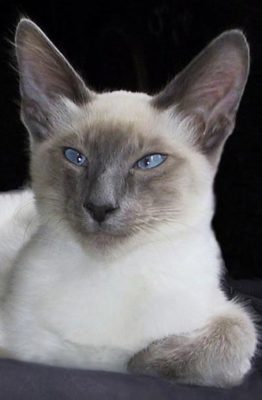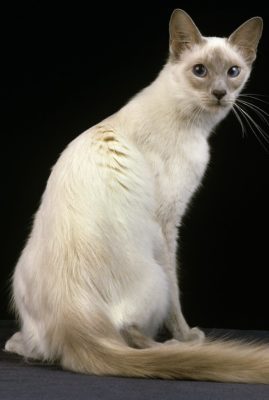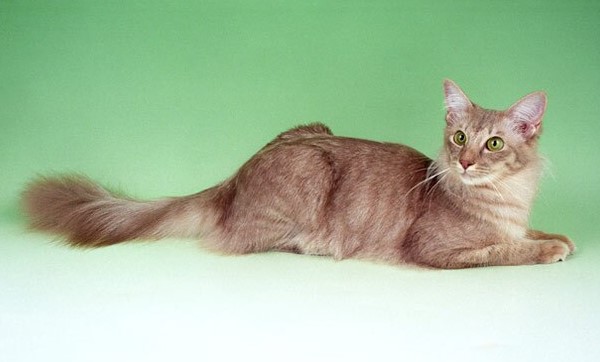Javanese
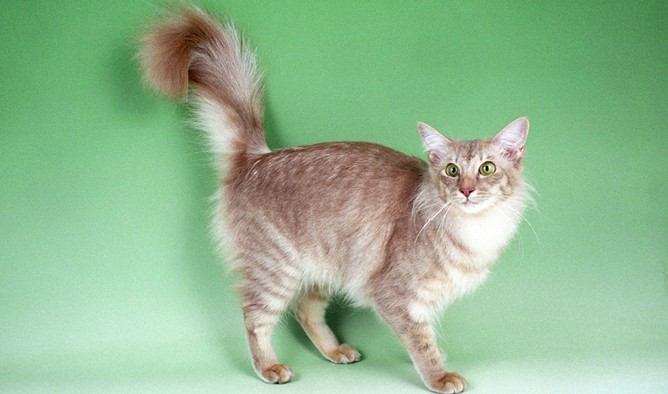
The Javanese are demanding in temperament and constantly need attention. This breed can walk for hours behind the owner and observe his actions. The breed does not tend to meow constantly and does not inherit the loud voice of the Siamese cat Javanese.
Table of Contents
Breed Information
| Origin | United States |
| Size | Males 25-30 cm Females 30-35 cm |
| Weight | Males 4-5 kg Females 2-4 kg |
| Fur Type | Long-haired |
| Color | Solid colorpoint on white; black, monochrome with spots (pati-color), tortoiseshell (tortie), smoky, pale brown (cinnamon), pale beige (fawn), peach |
| Lifestyle | Indoors |
| Lifespan | 10-15 years |
| FIFe Classification | – |
| WCF Classification | – |
| TICA Classification | OL |
| Group | Cats for apartments (obedient cats), cats for allergic people (hypoallergenic) |
| Price | $900-1500 |
Breed Photos
Origin History
The amazing Javanese breed has an interesting history and is not related to the island of Java, although it is named after it. Balinese and Siamese cats were involved in the creation of the artificially bred pet.
The ancestral history of Javanese cats is associated with the island of Bali, which is near the island of Java. But the real homeland of cats in North America. The beginning of the breed is directly related to the emergence of the Balinese breed in 1960. In 1978, several breeding experts under the direction of Maureen Davis and Ann Sandner
The breed began to study the obtaining of new colors of the breed thoroughly. It was after crossing Siamese, Balinese, and color-points that the Javanese breed was obtained. The cat had all point colors, but the work on improving the exterior continued. In 1986, the Javanese cat was finally recognized. In 2008, the CFA merged the breed into one, making the Javanese a subspecies of the Balinese.
Appearance
The graceful body of the Javanese is very flexible and slender. The muscles of the cat are very strong, but the skeleton is quite thin. According to the standard, the hips should not be below the shoulders. The head is narrow in format, has a wedge shape. The eyes are almond-shaped and are not planted very deeply. The color of the eyes can be any color, but it is always in harmony with the various colors of the cat. The nose is straight and continues the forehead line. The tip of the chin and nose are on the same line. The jaws may not be massive but are slightly noticeable.
The ears continue the line of the wedge, and have a wide base. The neck of the Javanese is graceful and thin. The hind legs are slightly longer than the front and have four toes. The hind legs have five toes. The tail is long, tapering toward the end. The fur is not as short as it looks, but only tight to the body. It is fluffy and soft and reaches its maximum length on the tail. The color of Javanese can be varied: completely black, monochrome with spots (pati-color), tortoiseshell (tortie), smoky, pale brown (cinnamon), pale beige (faun), peach. A total of twenty-eight different colors are possible.
Character
The Javanese are demanding in temperament and constantly need attention. This breed can walk for hours behind the owner and observe his actions. The breed does not tend to meow constantly and does not inherit the loud voice of the Siamese cat Javanese.
The Javanese cat is very attached to its owner and home, but a change of environment will not cause much stress. Lack of outdoor exercise will not affect the cat in any way.
An adult Javanese cat does not tend pranks but remains very playful. But a kitten can climb on the highest surfaces and will explore everything. Javanese can take revenge on its owner if it is poorly scolded, but it always learns all the rules almost from the first time.
A cat can tolerate loneliness comfortably. But it is better to give the pet several hours a day; otherwise, it will begin to attract attention to itself. It is better to buy intellectual toys for the Javanese so that he uses his mind as well.
In the house, the Javanese cat becomes a real master and checks every corner every day. Therefore, it is better not to close the doors to the rooms.
A cat can be a great friend for a child. The child should be taught not to treat the pet as a toy. Javanese can live in the same house with other pets, but if the cat reacts aggressively – it will be able to stand up for itself.
Care
Taking care of a Javanese is not too difficult. It is important to buy a rubber comb, bristle brush, comb, and antistatic spray. These tools should be combed out the cat’s hair several times a week and during the molting period – every day. The cat sheds quite noticeably. Before you start combing, you need to spray the coat with antistatic. The cat should not be washed often; once every three months is enough. Once every few weeks, you can use a special dry shampoo to expose the cat to water procedures.
Every five days, the cat’s ears should be dropped and massaged for a few minutes. Eye care with special cleansing drops will be a daily procedure. The claw trimmer should be used to trim the cat’s claws as they grow.
Education
A complex with tunnels, multi-level platforms, and ladders are made for this breed. Active Javanese need constant brain activity, so they gladly support a variety of games. Calm cats, concerning games, are practically not observed among this breed. Stubborn but brilliant Javanese are easily taught the rules at home and do not form difficulties in education.
Common Diseases
Javanese inherited excellent health. However, he is prone to stomach problems, infectious diseases, and squinting. The cat cannot tolerate the cold and can catch a cold.
The Javanese cat is prone to such diseases:
- deafness;
- hip dysplasia;
- convergent strabismus;
- arthritis;
- liver amyloidosis;
- chest deformity.
Nutrition
Beef and chicken meat are always welcome in the diet of Javanese. Kashi, medium-fat cottage cheese, vegetables, and herbs can be given. Chicken fat and vegetable oil are welcome to be added to the cat’s portion. Vitamin supplements should not be forgotten. Also, from dairy products, Javanese will get calcium and other useful substances.
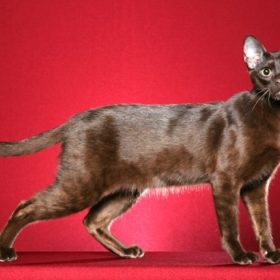 Havana Brown
Havana Brown Maine Coon
Maine Coon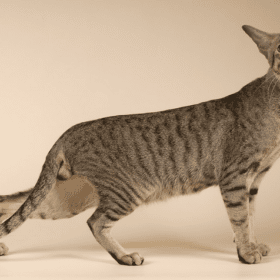 Oriental Shorthair
Oriental Shorthair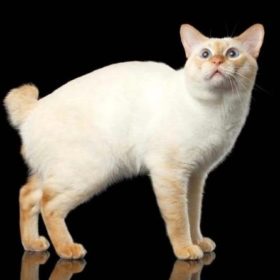 Mekong Bobtail
Mekong Bobtail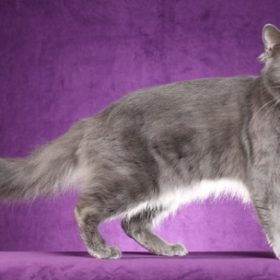 Nebelung
Nebelung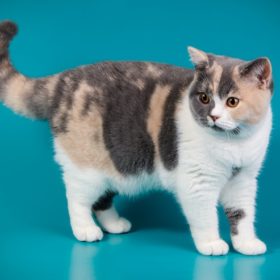 British Shorthair
British Shorthair